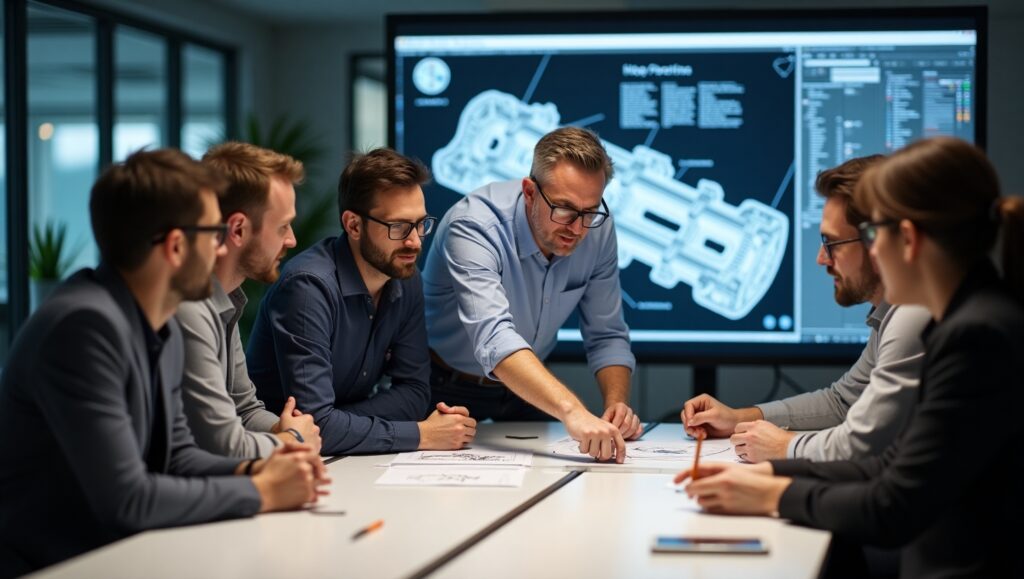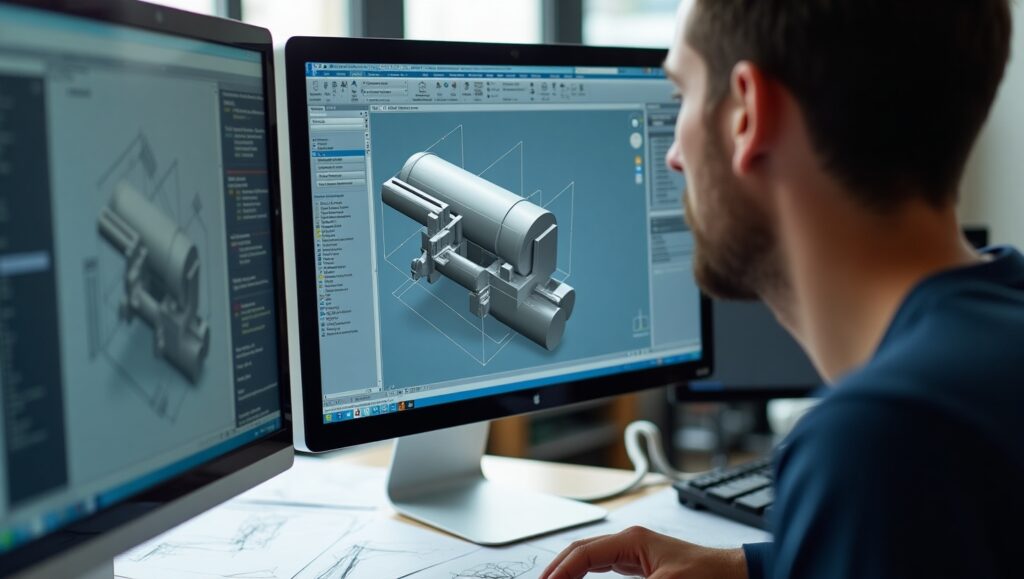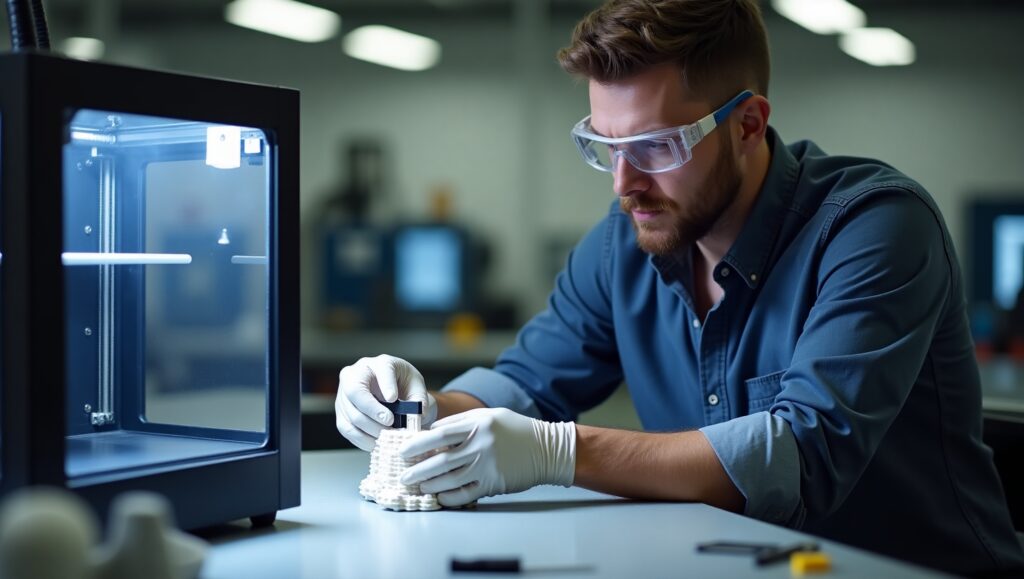How to Partner with a Design Agency That Understands Manufacturing
In today’s competitive landscape, businesses need a design agency that not only creates visually stunning products but also understands the complexities of manufacturing. A well-informed design agency can bridge the gap between conceptual ideas and production realities, ensuring cost-effective and scalable product development. If you’re looking to collaborate with a design agency that aligns with your manufacturing needs, here’s a comprehensive guide to help you make the right choice.
Why the Right Design Partner Makes a Difference
Partnering with a design agency that understands manufacturing can significantly impact your product development process. A knowledgeable agency will ensure:
Designs are manufacturable – Avoid costly redesigns due to impractical designs.
Cost efficiency – Optimizing designs to minimize material waste and production expenses.
Faster time-to-market – Reducing the number of iteration cycles in prototyping and production.
Scalability – Ensuring the product can be efficiently mass-produced without quality loss.

Key Considerations When Choosing a Design Agency
Not all design agencies are created equal. Here are some essential factors to consider when selecting one that aligns with manufacturing requirements.
1. Look for Industry Experience
A design agency with a background in manufacturing will have a deep understanding of materials, production processes, and supply chain logistics. Check their portfolio to see if they have worked with products similar to yours.
Questions to ask:
Have they designed products that have been successfully manufactured?
Do they have experience in your specific industry (automotive, consumer electronics, medical devices, etc.)?
Can they provide references from manufacturers they have collaborated with?
2. Evaluate Their Technical Expertise
A design agency should be proficient in manufacturing-oriented design principles, including:
DFM (Design for Manufacturability) – Ensuring designs are optimized for production.
DFMA (Design for Manufacturing and Assembly) – Reducing assembly complexity to save costs.
Material Selection – Choosing cost-effective, durable, and readily available materials.
CAD & Prototyping Capabilities – Ability to create detailed digital models and functional prototypes.
Ask about the software tools they use (SolidWorks, AutoCAD, Fusion 360, etc.) and their approach to iterative prototyping.

3. Understand Their Collaboration Process
A successful partnership relies on smooth communication and collaboration between your team and the design agency.
Consider the following:
How do they involve stakeholders in the design process?
What communication tools do they use to keep you updated (Slack, Zoom, Trello)?
How do they handle revisions and feedback?
Do they work directly with manufacturers to ensure seamless production transitions?
4. Assess Their Understanding of Manufacturing Constraints
An ideal design agency should be aware of common manufacturing limitations, such as:
Tolerances and precision in CNC machining.
Injection molding design constraints.
Cost implications of complex geometries.
Assembly and disassembly considerations.
They should design with these limitations in mind to avoid expensive redesigns and production delays.
5. Look for Prototyping Capabilities
Prototyping is a crucial step before mass production. A design agency that can handle prototyping in-house or has strong ties with prototype manufacturers can streamline the process.
Ask:
Do they offer rapid prototyping services?
How do they test and validate prototypes before finalizing the design?
Can they make quick iterations based on manufacturing feedback?

6. Ensure They Align with Your Business Goals
Beyond technical expertise, the right design agency should align with your business objectives. Whether you prioritize sustainability, cost-effectiveness, or speed to market, the agency should tailor its approach accordingly.
Questions to consider:
Are they flexible with timelines and budgets?
Do they incorporate sustainable design practices?
Can they scale designs for mass production?
Steps to Successfully Partner with a Design Agency
Once you have selected a design agency, follow these steps to ensure a successful partnership:
Step 1: Define Clear Objectives
Outline your goals, budget, and timeline. Provide detailed specifications, including:
Target market and user needs.
Manufacturing constraints.
Performance expectations.
Step 2: Establish a Strong Communication Framework
Maintain open communication through regular meetings, shared project management tools, and collaborative feedback sessions. Ensure all stakeholders, including engineers and manufacturers, are involved in key discussions.
Step 3: Develop and Test Prototypes
Work with the agency to create functional prototypes and test them rigorously. Gather feedback from manufacturers to identify potential production challenges.
Step 4: Transition to Manufacturing
Once the final design is approved, work closely with the agency and manufacturers to ensure a smooth transition. Address any last-minute adjustments before full-scale production begins.

Conclusion
Choosing the right design agency is critical for developing products that are both innovative and manufacturable. By selecting a team with industry experience, technical expertise, and a collaborative approach, you can streamline your product development and manufacturing process. If you’re looking for a design agency that understands manufacturing, consider working with a specialized firm like BP Nel Consulting to bring your vision to life efficiently and cost-effectively.
By following these guidelines, you can form a long-lasting partnership with a design agency that not only meets but exceeds your manufacturing expectations.
